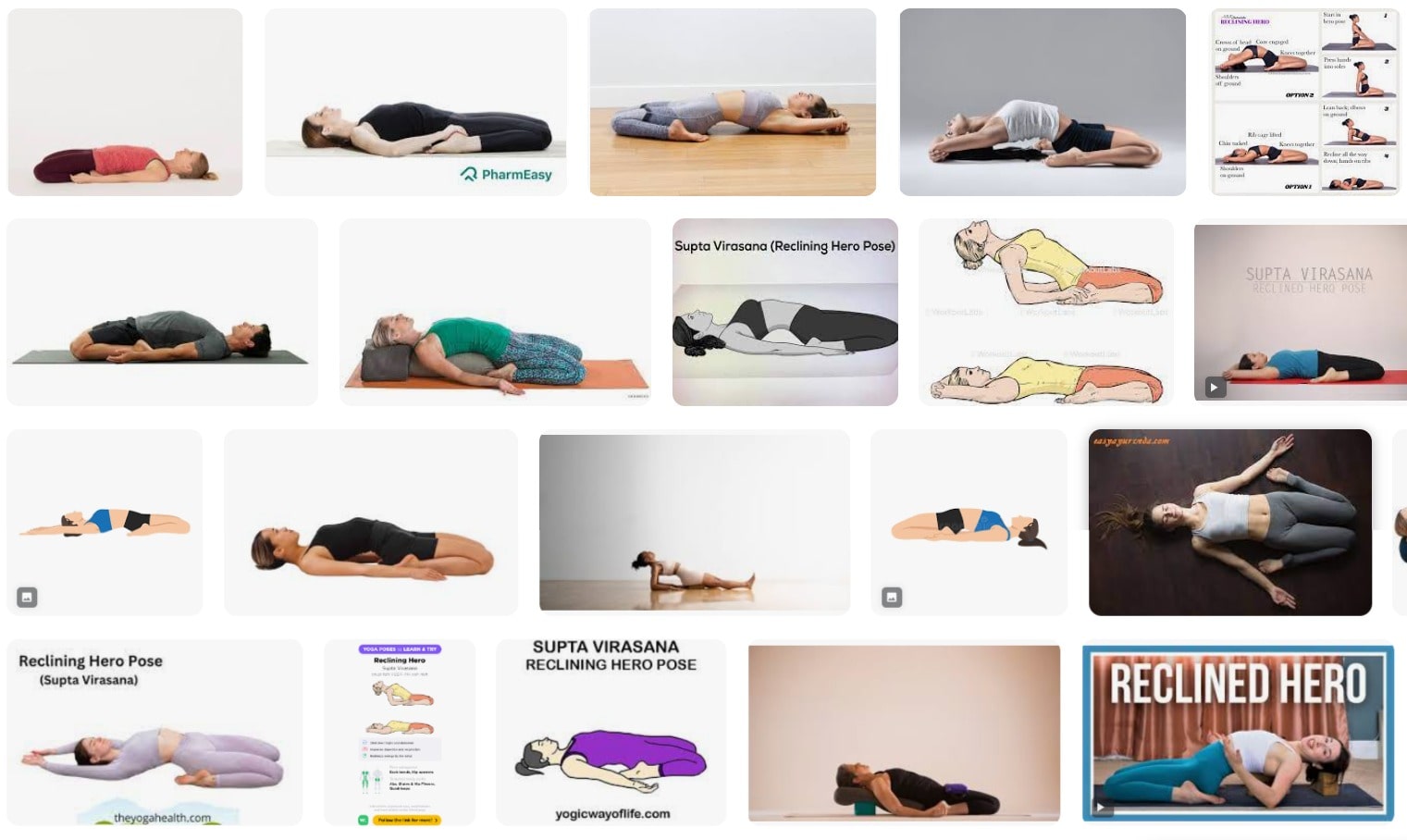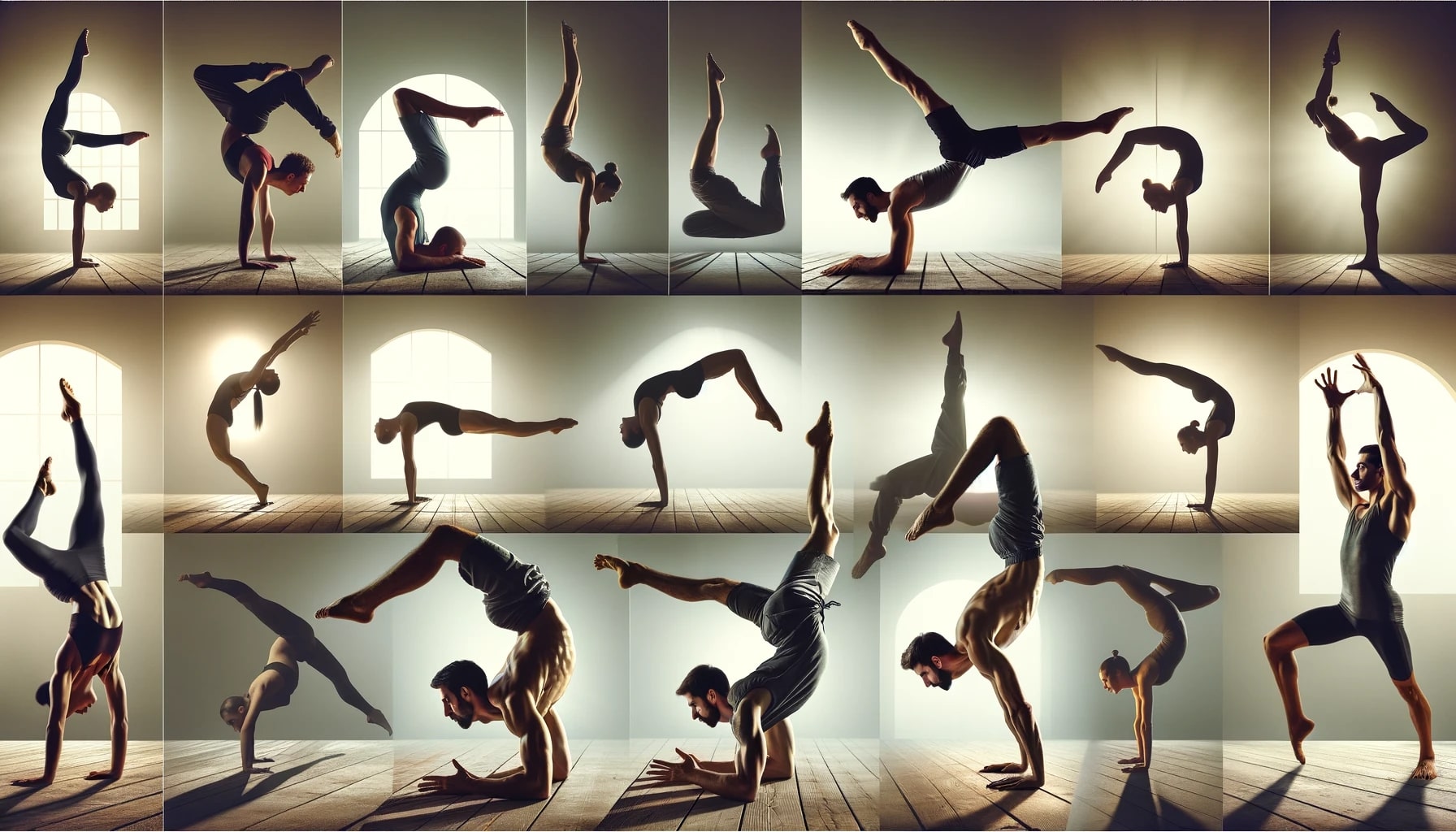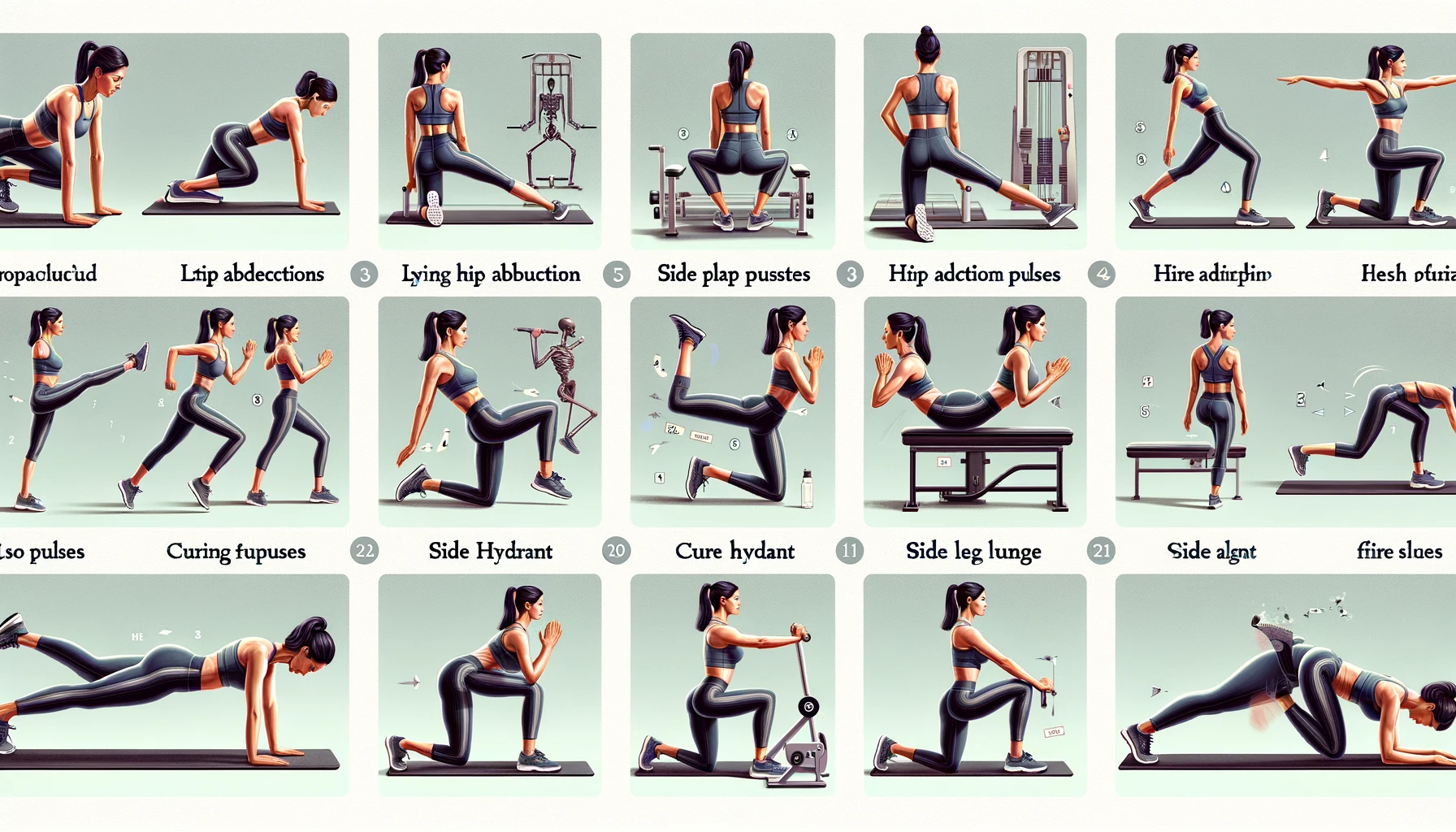Reiki is a Japanese stress-reduction and relaxation practice that also helps healing. It is given through “laying on of hands” and is based on the concept that an unseen “life force energy” passes through us and is what keeps us alive. If our “life force energy” is low, we are more likely to become ill or experience stress, whereas if it is high, we are more capable of being happy and healthy.
Content Outline
History and Origin
Reiki Yoga was born out of the desire to combine the healing power of Reiki with the physical and mental benefits of yoga. The practice of Reiki 01 dates back to the early 20th century, when Japanese Buddhist Mikao Usui founded the system after a spiritual awakening. Yoga, on the other hand, has its origins in ancient India and has been practiced for thousands of years.
What is Reiki Yoga? Reiki originates from two Japanese words: “Rei,” which means “God’s Wisdom or Higher Power,” and “Ki,” which translates to “life force energy.” As a result, Reiki can be understood as “spiritually guided life force energy.”
Reiki Yoga was developed as a way to harmonize the energy system while incorporating the physical postures and mental focus of yoga. This integration allows practitioners to experience the benefits of both practices simultaneously.
Reiki Yoga Poses
Traditional yoga poses are combined with Reiki healing techniques in Reiki Yoga. Some popular Reiki Yoga poses include:
1st Chakra (Sahasrara) – Crown
The crown yoga position encourages a sense of boundlessness and humility, primarily concentrating on altruism and self-discovery. The practices of yoga include Pranayama, maha bandha, sat kriya, and meditation.
Sitali Pranayama
- Roll your tongue into a tube shape. Breathe in through your mouth and inhale as much air as you can.
- Lift your tongue to the roof of your mouth, close your lips, and exhale through your nose.

- Repeat 5 to 10 times.
2nd Chakra (Anja) -Third Eye
The third eye encourages vastness and humility, and it is primarily concerned with service and self-awareness. Yoga positions with your forehead on the floor, archer stance, and meditating are all examples of yoga exercises.
Meditation
- Lie or sit comfortably on a mat with your back straight.
- Close your eyes and try to remain as calm, relaxed, and composed as possible.
- Inhale deeply and visualize yourself inhaling in all the goodness and happiness you require.
- Breathe deeply a few seconds later, thinking that bad emotions like anxiety, fear, and depression are leaving your body. Repeat this process a few times.
3rd Chakra (Visshuda) – Throat
The throat encourages the projective force of the word and focuses mostly on creativity, listening, and communication. Neck stretches, camel stance, plow pose, and cobra pose are all yoga poses.
Cobra Pose
- Position yourself face-down on a mat, with your legs extended back and your feet making contact with the floor. Extend your arms behind you on the mat, positioning them beneath your shoulders.
- Ensure your thighs, feet, and pubic area are applying firm pressure against the mat.

- Inhale and extend your arms to elevate your chest from the mat. Direct your tailbone towards your pubic bone while lifting your pubic bone towards your navel.
- As you do this, expand your side ribs forward, ensuring your shoulder blades are pressed firmly against your back. Distribute the arch of your back evenly across your entire spine. Maintain this position for approximately thirty seconds before releasing and exhaling.
4th Chakra (Anahata) – Heart
The Chakra (Anahata) – Heart develops love and compassion, and it is primarily concerned with caring for those around you. Breathing exercises, upper torso twists, and arm-balance poses are examples of yoga exercises.
Anulom Vilom
- Assume the Lotus pose (Padmasana) and gently close your eyes.
- Using your right thumb, block your right nostril and proceed to inhale slowly through your left nostril. Draw in as much air as possible to fully fill your lungs.

- Lift your thumb from your nose and exhale. During this exhalation, close your left nostril using your middle finger. Proceed to inhale through your right nostril. Afterward, remove your thumb from the right nostril and exhale. Continue this cycle for a duration of 2 to 5 minutes.
5th Chakra (Manipura) – Navel
The navel promotes balance and action by focusing on logic and thoughts.” Yoga techniques include dancers stance, fish pose, bow pose, and core strengthening motions.
Fish pose
- Position yourself lying flat on your back.
- Raise yourself onto your elbows, ensuring your forearms are flat on the mat and your upper arms are standing vertically relative to the floor.
- Shift your body towards the rear of the mat while keeping your forearms stationary. Enhance the rise of your chest by drawing your shoulder blades together and rolling your shoulders backward.

- Apply pressure with your palms onto the mat and gently lower the crown of your head backward until it touches the floor.
- Ensure your toes remain active and your legs engaged throughout the entire process.
- To conclude the pose, exert a strong push into your forearms to raise your head off the floor, followed by lifting your upper body from the mat.
6th Chakra (Svathistana) – Sacral
The sacral encourages creativity and focuses on empathy, sentiments, and emotions. Yoga poses include the maha mudra, sat lriya, butterfly, and cobra.
Butterfly pose
- While seated, unite the soles of your feet together. Maintain a taut core and a straight spine.
- Grasp each foot with your hands. Position your elbows against the inner part of your thighs.

- Stretch your spine and take a deep breath in. As you start to exhale slowly, lower your upper body and hold the position for about thirty seconds once you sense the stretch.
7th Chakra (Muladhara) – Root
The root supports survival and security, with a primary emphasis on rapidity of action. Chair posture, cat pose, crow stance, and front body stretches are all yoga poses.
Chair pose
- Stand upright with your feet set apart at hip-width distance.
- Exhale while pushing your hips back and bending your knees, as if you’re lowering yourself into a chair. Draw your lower abdomen in and up to provide support for your lower back.
- Ensure that you shift your hips backward instead of extending your knees forward.

- As you inhale, elevate your arms towards your ears.
- Aim to extend your reach as high as possible while simultaneously lowering your body as far as you can. Maintain this pose for 5 to 10 breaths.
- Exhale while pressing your feet solidly into the floor to straighten your legs. Lower your arms back down.
Benefits of Reiki Yoga
Reiki Yoga offers a range of physical, mental, and spiritual benefits, including:
- Reduced stress and anxiety: The combination of yoga and Reiki helps to calm the mind, release tension, and promote relaxation.
- Improved physical health: The physical practice of yoga improves flexibility, strength, and balance while Reiki promotes healing and overall well-being.
- Increased energy: Reiki Yoga helps to balance the body’s energy system, leading to increased vitality and mental clarity.
- Spiritual growth: The integration of Reiki and yoga can help practitioners connect with their inner selves and foster personal growth.
To learn more about Reiki Yoga and its benefits, consider attending a local Reiki Yoga class or online workshop. By incorporating Reiki and yoga into your daily routine, you can experience the physical, mental, and spiritual benefits that this unique practice has to offer.
How to Get Started with Reiki Yoga
If you’re interested in incorporating Reiki Yoga into your practice, follow these steps to get started:
- Find a qualified teacher: Look for a certified Reiki practitioner who also has experience teaching yoga. A qualified teacher can help guide you through the poses and ensure that you’re practicing safely.
- Start with the basics: Begin with simple yoga poses and Reiki techniques, gradually building on your skills as you become more comfortable with the practice.
- Practice mindfulness: Reiki Yoga encourages mindfulness and self-awareness. Take time to reflect on your intentions and focus on your breath as you move through the poses.
- Be patient: Like any new practice, it takes time to see the full benefits of Reiki Yoga. Be patient with yourself and commit to regular practice for the best results.
Conclusion
Reiki Yoga is a unique and powerful practice that combines the physical and mental benefits of yoga with the healing energy of Reiki. By incorporating both practices into your routine, you can experience improved physical health, reduced stress, increased energy, and spiritual growth. Consider attending a local class or online workshop to learn more about Reiki Yoga and experience the transformative benefits for yourself.









to6szo
I loved you better than you would ever be able to express here. The picture is beautiful, and your wording is elegant; nonetheless, you read it in a short amount of time. I believe that you ought to give it another shot in the near future. If you make sure that this trek is safe, I will most likely try to do that again and again.
I loved even more than you will get done right here. The overall look is nice, and the writing is stylish, but there’s something off about the way you write that makes me think that you should be careful what you say next. I will definitely be back again and again if you protect this hike.
I appreciate your website; however, I would like to bring to your attention that a number of your postings contain misspelled words. While I find it extremely bothersome to provide the truth, I will definitely revisit your site.
Wow, marvelous blog layout! How lengthy have you been running a blog for?
you made blogging glance easy. The total glance of your web site is
great, let alone the content material! You can see similar here najlepszy sklep
Hi there! Do you know if they make any plugins to help with SEO?
I’m trying to get my blog to rank for some targeted keywords but I’m not seeing
very good gains. If you know of any please share.
Cheers! You can read similar text here: Sklep internetowy
Hello there! Do you know if they make any plugins to help with
Search Engine Optimization? I’m trying to get my blog to rank
for some targeted keywords but I’m not seeing very good results.
If you know of any please share. Cheers! You can read
similar article here: Sklep internetowy
Hello there! Do you know if they make any plugins to help with Search Engine
Optimization? I’m trying to get my blog to rank for some targeted keywords but I’m not
seeing very good gains. If you know of any please
share. Thank you! You can read similar art here: Dobry sklep
Hello there! Do you know if they make any plugins to help with SEO?
I’m trying to get my blog to rank for some targeted keywords but I’m not seeing very good gains.
If you know of any please share. Thanks! You can read similar
art here: Dobry sklep
Hello there! Do you know if they make any plugins to assist with SEO?
I’m trying to get my blog to rank for some targeted keywords but I’m not seeing very good results.
If you know of any please share. Thank you!
You can read similar art here: Backlinks List
Absolutely pent subject matter, appreciate it for selective information .대출
Informative Site… Hello guys here are some links that contains information that you may find useful yourselves. It’s Worth Checking out 급전
I appreciate the time and effort you’ve put into this article.급전
I’m bookmarking this for future reference.급전
Thank you for sharing your knowledge and expertise.급전
Bravo for challenging conventional wisdom.대출
Your expertise shines through your writing.대출
It’s very interesting! If you need help, look here: link building
Your writing is engaging and informative. Thank you for sharing your expertise.대출
Thanks for sharing this insightful post!대출
Your writing style is engaging and informative. Keep it up!rendingnicheblog